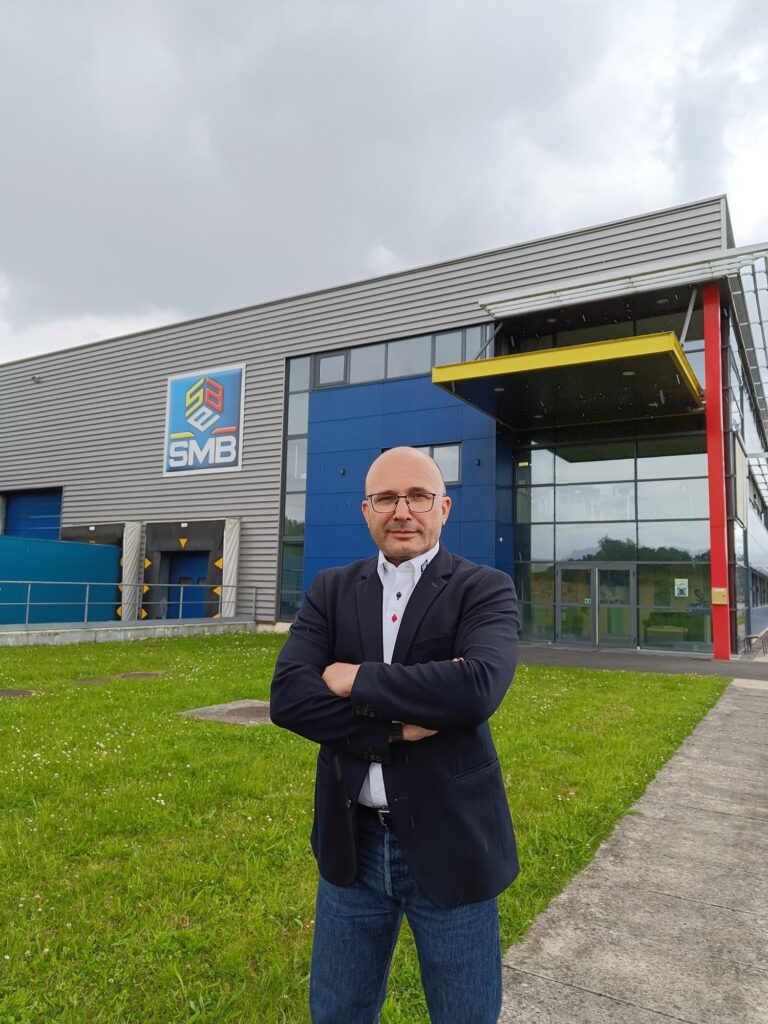
Rajesh Rajgor and N. Balasubramanian recently visited SAE-SMB Industries, located on Route de Cliron in Ham-les-Moines, near Charleville-Mézières, France. The plant located within a key industrial zone in the Ardennes department, is known for its rich history and scenic beauty. The visit offered an in-depth look at the state-of-the-art manufacturing processes and highlighted the plant’s role in the local and global automotive industry.
At SAE-SMB Industries in Charleville-Mézières, France, quality and precision are the cornerstones of axle and suspension component manufacturing. This commitment to excellence was evident during our recent visit, where Adrian Burlan, the Plant Director, guided us through the intricate processes that contribute to the company’s reputation for high-quality products.
SAE-SMB Industries is deeply committed to environmental sustainability. Since 2020, the plant has reduced its energy consumption by 20% to 30%, reflecting its dedication to energy savings and CO2 reduction. “We focus on energy savings and CO2 reduction, with waste materials recycled and chemical by-products managed by specialized disposal companies,” Adrian explained. The facility’s efforts to minimize its environmental footprint also include the responsible recycling of waste materials and strict adherence to local environmental regulations for chemical disposal.
The Manufacturing Journey
The manufacturing process at SAE-SMB begins with the careful selection of raw tubes, chosen based on the specific load capacity requirements of the axles. “We start with raw tubes of varying thicknesses depending on the axle’s load capacity,” he shared. These tubes are then cut to precise lengths and undergo shot blasting to remove impurities before advancing to the forging phase.
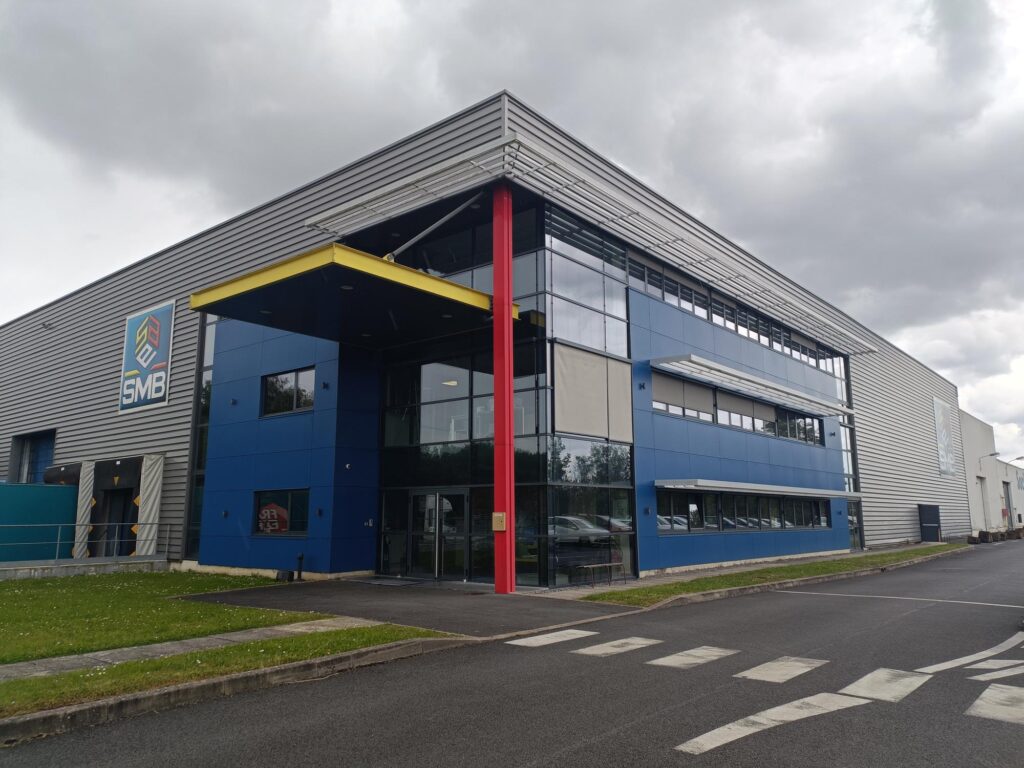
In the forging area, the tubes ends are heated to approximately 1,200 degrees Celsius, a process that is tightly controlled to ensure each tube reaches the exact temperature required for shaping. “Our heating process is highly controlled to ensure each tube reaches the exact temperature required for shaping,” Adrian highlighted. This step is crucial in producing spindles that offer the necessary flexibility for various axle lengths and track widths. The forging process, which eliminates the need for welding, results in a seamless axle body that enhances rigidity and tensile strength. “By using advanced molds and rolling methods, we can control both the external and internal shapes of the spindles precisely,” he elaborated, ensuring that potential weaknesses from welding are eliminated.
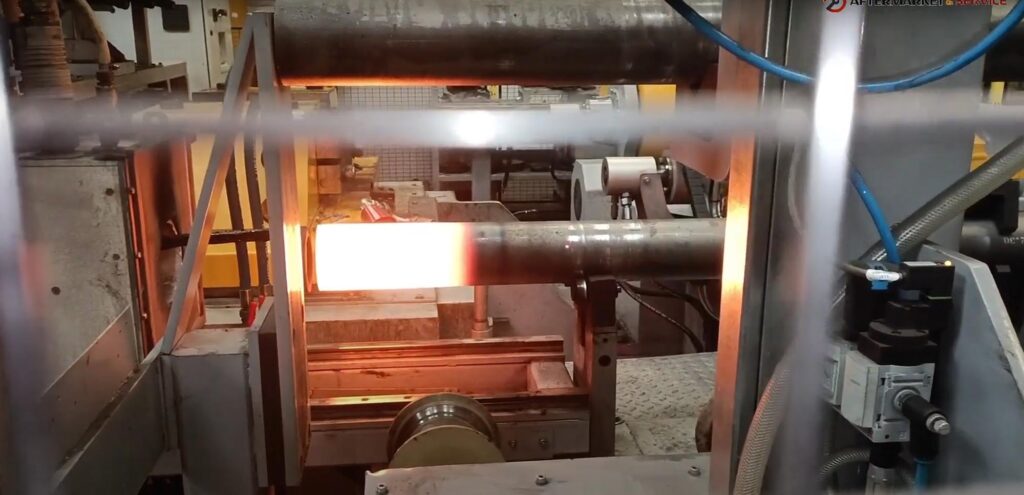
The plant’s forging equipment is highly automated, with settings adjusted according to the spindle’s dimensions and thickness. Each forging cycle takes between 95 and 105 seconds. Despite the equipment’s high capacity, the plant operates below its full potential due to commercial constraints. “Currently, our primary focus is on expanding the commercial side. We have the capacity to produce more, and we’re eager to meet the growing demand as order volumes increase.” Adrian candidly admitted.
Machining and Production Process
Once the axle bodies are forged, they proceed to the machining area, where precision is paramount. The rough axle bodies are machined using a primary machine that handles almost all rigid axles. This machine works on both spindles simultaneously, ensuring perfect concentricity and alignment between the spindles and the axle. “The machine processes approximately 5.5 beams per hour with a cycle time of eleven minutes per axle on both sides,” informed Adrian. The machined axle lengths range from 1.8 meters to 3.1 meters, depending on the requirements. After machining, each axle body undergoes a thorough inspection by the operator, who also labels the spindle with their identification number for traceability.
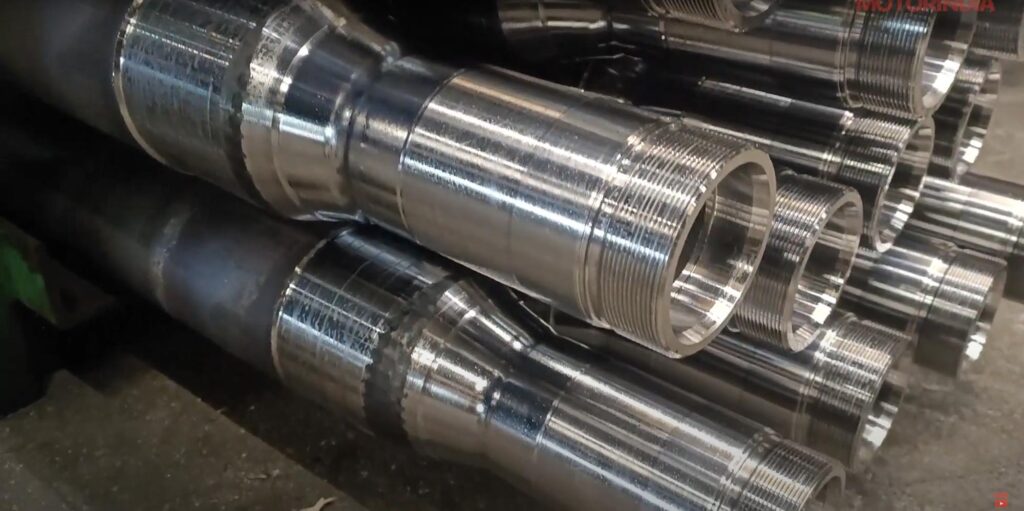
In addition to the primary machining process, the plant has a secondary machining sector that handles special products like steering and pendle axles, which require different processing due to their shorter lengths and specific requirements.
Welding and Surface Treatment
Welding is another critical step in the production process. The welding area is equipped with various positions for preassembling components based on the axle type. The plant features three robotic welding lines—two dedicated to rigid, steering and self-steering axles and one for rigid axles only. Each robotic line is designed to perform specific welding tasks with precision and automated controls, ensuring consistent quality.
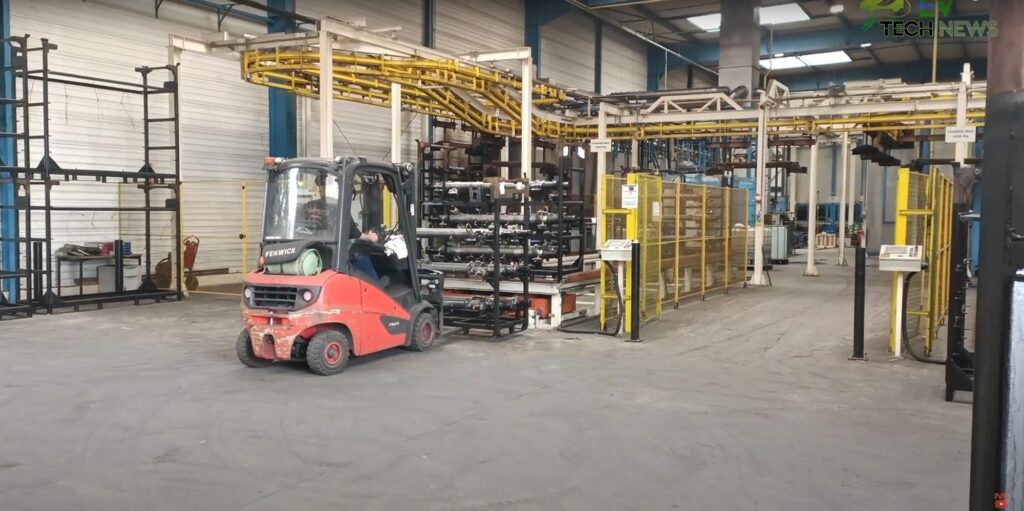
Following welding, the axles undergo surface treatment through a KTL (Kataphoresis) coating process, an advanced method of electrodeposition that applies a durable resin coating. This multi-step process includes cleaning, washing, phosphatation, passivation, and immersion in the KTL bath. It is an environmentally friendly painting process that uses an electrostatic charge to create a protective coating on a product’s surface. The entire coating process takes 90 to 120 minutes per rack and includes a heating phase at 160°C for polymerization. “The KTL coating provides excellent durability, with a salt spray test endurance of up to at least 500 hours,” Adrian highlighted, emphasizing the coating’s role in protecting the axles from corrosion and extending their lifespan.
Production Flexibility and Customization for OEM and Aftermarket
One of the strengths of SAE-SMB Industries is its ability to adapt quickly to changes in production requirements. The plant efficiently handles both small and large orders, thanks to its flexible manufacturing processes. “The forging process is a key strength, producing highly resistant axle bodies with minimal material wastage,” he shares, underscoring the importance of this process in maintaining product quality.
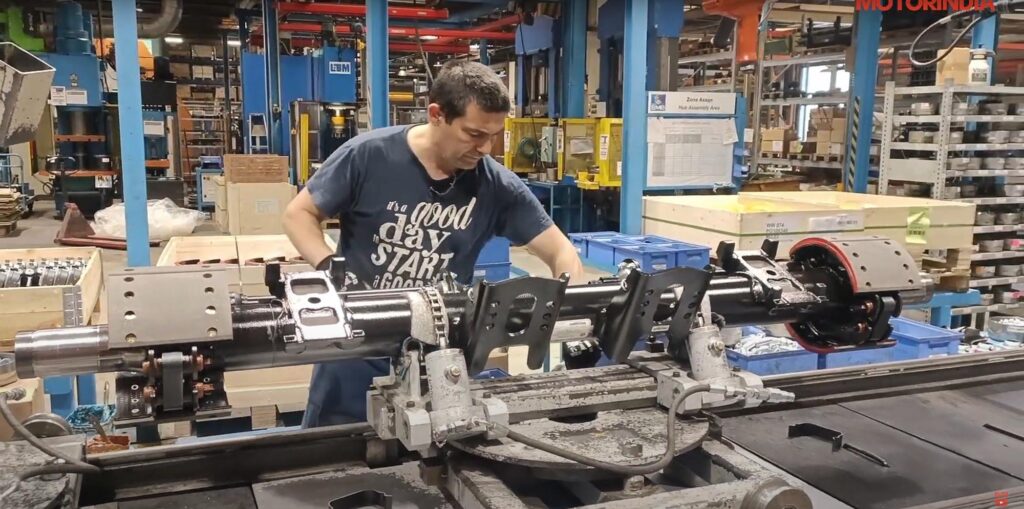
SAE-SMB’s product range is diverse, encompassing rigid, steering, self-steering, pendle, square, and stub axles. The company offers extensive customization options based on payload, brake type, and other specifications, catering to the varied needs of its customers. The company not only excels in manufacturing new components but also plays a vital role in catering to the aftermarket and service requirements of its customers.
The plant is equipped to handle the refurbishment and reconditioning of used axles, ensuring they meet the same high standards as new products. This service includes thorough inspections, machining, and re-coating processes to extend the lifespan of the components. Additionally, the facility maintains a robust inventory of spare parts, allowing for quick turnaround times in meeting customer needs. By offering these comprehensive aftermarket services, SAE-SMB ensures that their products continue to perform reliably throughout their lifecycle, providing value and peace of mind to end-users.
Operational Details and Assembly Line
The facility operates on a single shift from 08:00 to 16:00, with adjustments made to ensure worker comfort during extreme temperatures. The workforce includes 63 employees and five interim workers, all supported by local transportation arrangements. The assembly line is a well-coordinated process that includes steps such as printing serial numbers, installing brake components, hubs, and drums, with each product type receiving the necessary customizations.
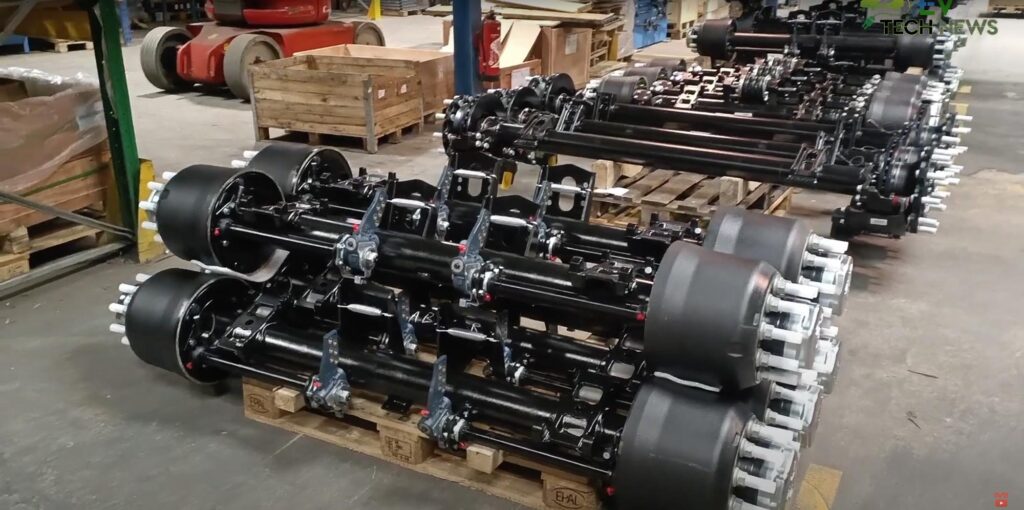
SAE-SMB Industries stands as an inspiration of precision engineering in the automotive sector. With its advanced forging processes, meticulous machining, and robust approach to manufacturing, the company continues to set high standards in axle and suspension component production. Adrian Burlan concluded, “At SAE-SMB, every detail matters. Our comprehensive approach to production is what sets us apart and ensures that we deliver the best possible products to our customers.”